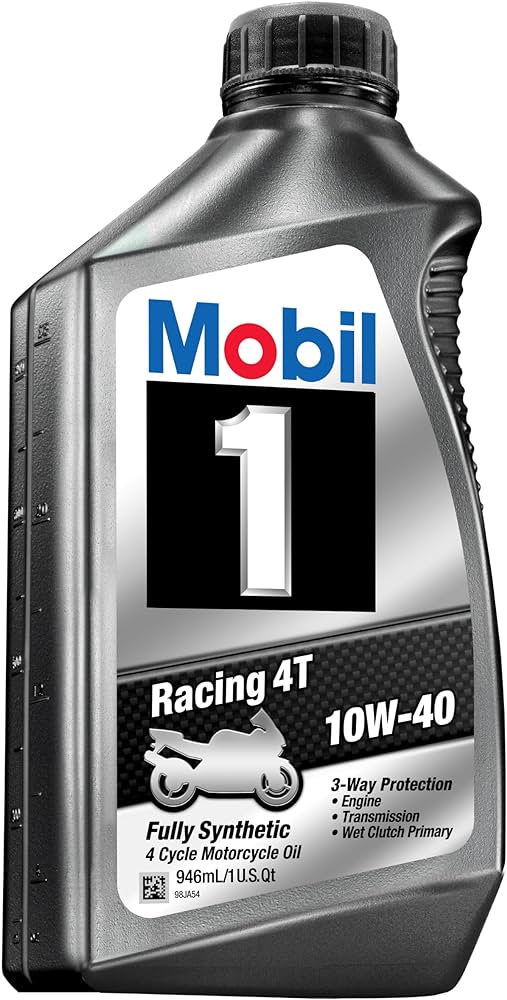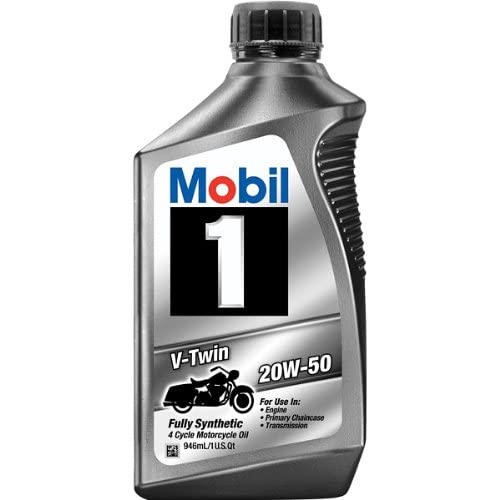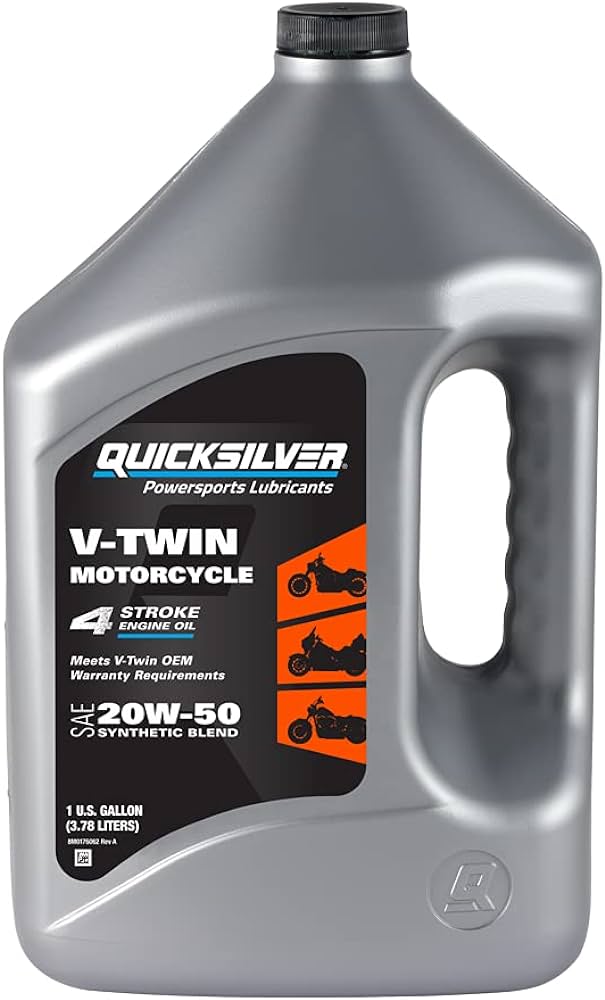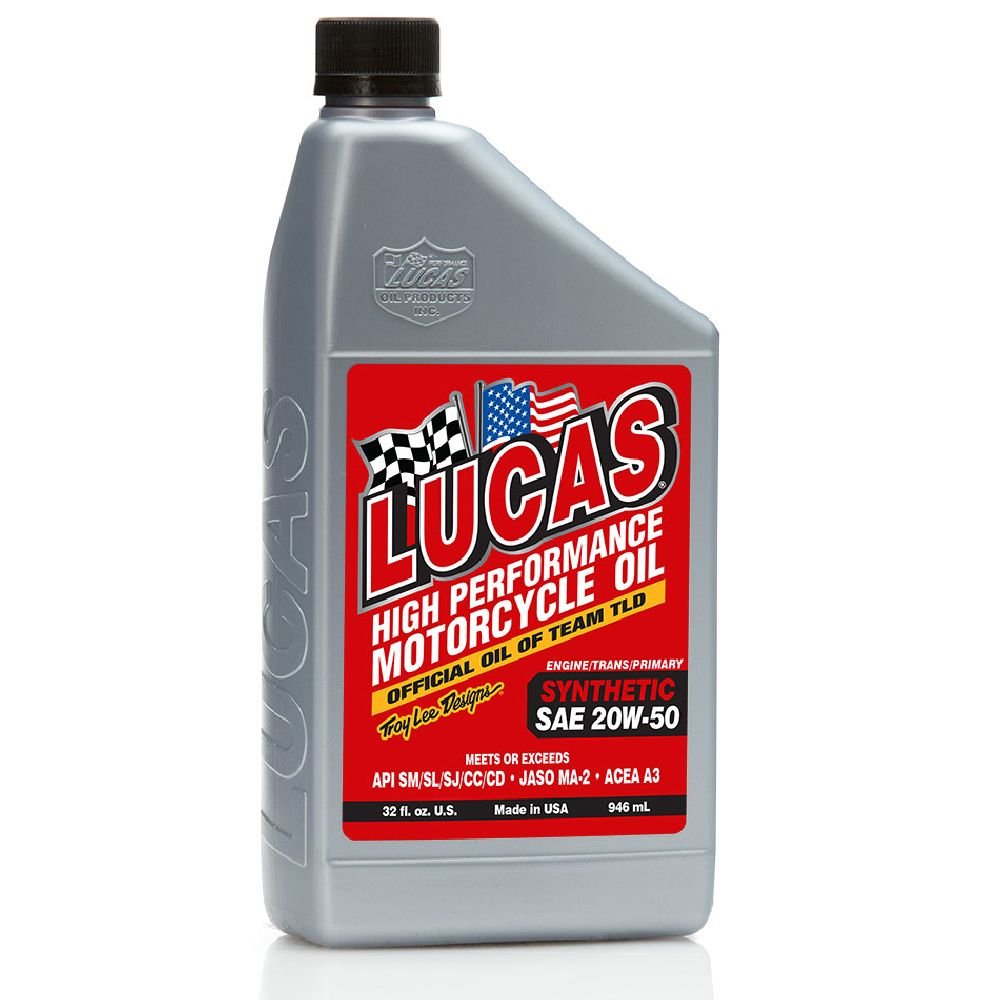Introduction
Regularly changing the oil in your motorcycle is essential to maintain its performance, longevity, and overall health. The oil lubricates the engine, reduces friction, and helps dissipate heat, protecting vital components from wear and tear. However, the frequency of oil changes depends on various factors such as the type of oil used, the motorcycle’s mileage, and the riding conditions. In this comprehensive guide, we will explore how often to change motorcycle oil. From understanding oil change intervals to recognizing the signs of oil degradation, this guide will provide you with specific guidelines to ensure you maintain an efficient and reliable motorcycle.

Maintaining Optimum Performance: How Often to Change Motorcycle Oil
I. Understanding Oil Change Intervals
-
Manufacturer Recommendations:
- The first point of reference for oil change intervals is the manufacturer’s recommendations outlined in the owner’s manual. Manufacturers often provide guidelines specific to the motorcycle model and engine.
-
Time-Based Intervals:
- Even if your motorcycle hasn’t reached the recommended mileage for an oil change, it is generally advised to change the oil annually. Over time, oil can degrade due to exposure to heat, oxygen, and contaminants.
-
Mileage-Based Intervals:
- Mileage is the primary factor influencing oil change intervals. The general rule of thumb is to change the oil every 3,000 to 5,000 miles (4,800 to 8,000 kilometers). However, this can vary depending on the type of oil used, the engine’s design, and the riding conditions.

II. Types of Motorcycle Oil
-
Synthetic Oil:
- Synthetic oil is engineered for high-performance applications and offers superior lubrication and protection. It tends to have longer-lasting properties and can extend oil change intervals. The manufacturer’s recommendations may specify longer change intervals for synthetic oil.
-
Conventional Oil:
- Conventional oil is a more basic oil option and may require more frequent changes compared to synthetic oil. It is important to follow the manufacturer’s recommendations regarding oil change intervals for conventional oil.
-
Semi-Synthetic Oil:
- Semi-synthetic oil, also known as a blend, combines the benefits of both synthetic and conventional oil. It offers improved protection and longer-lasting properties compared to conventional oil, but may still require more frequent changes than full synthetic oil.
III. Factors Affecting Oil Change Intervals
-
Riding Style:
- Aggressive riding, frequent stop-and-go traffic, and high-speed riding can put additional stress on the engine, causing the oil to degrade more quickly. In these cases, shorter oil change intervals may be necessary.
-
Riding Conditions:
- Extremely hot or cold climates can affect oil performance and degradation rates. In extreme conditions, it is advisable to follow shorter oil change intervals to ensure optimal lubrication and protection.
-
Engine Type:
- Different engine designs, such as air-cooled versus liquid-cooled engines, can impact oil temperatures and degradation rates. Engines that run hotter may require more frequent oil changes to reduce the risk of oil breakdown.
-
Filter Replacement:
- Changing the oil filter during every oil change is recommended to ensure the removal of debris and contaminants. A clogged or dirty oil filter can restrict oil flow and degrade lubrication effectiveness.

IV. Signs of Oil Degradation
-
Color and Consistency:
- Over time, oil can change color from a golden or light amber hue to a darker shade. The consistency may also become thinner or thicker. These changes can indicate oil degradation and may necessitate an oil change.
-
Engine Noise:
- If you notice an increase in engine noise or unusual sounds coming from the engine, it could be a sign of insufficient lubrication due to degraded oil. Changing the oil may help alleviate or reduce these abnormal noises.
-
Decreased Performance:
- A decrease in overall performance, such as reduced power output or sluggish acceleration, can indicate the need for an oil change. Contaminants and degradation in the oil can affect the engine’s efficiency and performance.
-
Oil Smell:
- If the oil has a burnt or strong odor, it may indicate that the oil has deteriorated and is no longer providing adequate protection. Changing the oil and filter can help eliminate or reduce any unpleasant smells.
V. Oil Change Frequency: Summary of Guidelines
-
New Motorcycles:
- For new motorcycles, refer to the owner’s manual for the initial oil change recommendation. Manufacturers may suggest an earlier oil change to remove any manufacturing debris and optimize engine break-in.
-
Regular Maintenance:
- As a general guideline, consider changing the oil every 3,000 to 5,000 miles (4,800 to 8,000 kilometers) or as recommended by the manufacturer. This regular maintenance routine helps ensure consistent lubrication and protection.
-
High-Performance or Extreme Riding:
- If you engage in aggressive, high-performance riding or regularly ride in extreme conditions, consider shorter oil change intervals. Your riding style and conditions can contribute to increased stress on the engine and oil, necessitating more frequent changes.
-
Synthetic Oil:
- If you use synthetic oil, consult the manufacturer’s recommendations for specific oil change intervals. Synthetic oils are designed to offer improved durability and may allow for longer intervals between oil changes.

DIY Oil Change vs. Professional Service
-
DIY Oil Change:
- Some motorcycle owners prefer to perform oil changes themselves, as it allows them to save money and have more control over the process. If you choose to do a DIY oil change, follow the steps outlined in the motorcycle’s owner’s manual for proper oil drain and refill procedures.
-
Professional Service:
- If you are unsure about performing an oil change yourself or prefer to have it done by professionals, taking your motorcycle to a trusted service center is an excellent option. They have the expertise and tools to ensure a thorough and proper oil change, and they can also perform additional checks and maintenance tasks.
-
Allowing Expert Insight:
- Opting for professional service may provide the opportunity for a qualified mechanic to inspect other parts of your motorcycle, such as the filters, fluids, and overall engine health. Their expertise can help identify any potential issues that may require attention, contributing to the overall longevity and performance of your motorcycle.

VI. Conclusion: Ensuring Engine Health and Performance
Regularly changing the oil in your motorcycle is critical to maintaining engine health and performance. By following the guidelines outlined in this guide, including manufacturer recommendations, considering oil type, and monitoring signs of oil degradation, you can ensure that your motorcycle’s engine remains properly lubricated and protected.
Remember that oil change intervals may vary depending on factors such as riding style, riding conditions, and the type of oil used. It is better to err on the side of caution and change the oil more frequently if you frequently engage in high-performance riding or endure extreme conditions.
Prioritizing regular oil changes as part of your motorcycle maintenance routine will not only help extend the lifespan of your engine but also provide you with a reliable and enjoyable riding experience for years to come.
